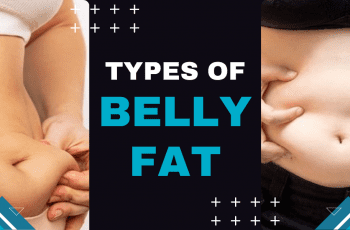For a long time, people have assumed that marijuana smoke causes acne. But is there any scientific evidence to support this claim? In this post, we’ll look at the clinical investigation on the matter and see what conclusions can be drawn. So, does smoking marijuana cause acne?
What is Marijuana?
There’s a lot of misinformation out there about marijuana. So let’s set the record straight: what is marijuana, exactly? Marijuana is a plant that contains more than 60 different chemical compounds known as cannabinoids. The two main cannabinoids are tetrahydrocannabinol (THC) and cannabidiol (CBD). THC is the cannabinoid that gets you “high,” while CBD does not have any psychoactive effects.
Marijuana has been used for centuries for its medicinal properties. It was first used in China to treat pain and inflammation. In the early 1900s, Western medicine began to catch on to marijuana’s therapeutic potential. By the mid-20th century, it was used to treat various conditions, including acne, epilepsy, and glaucoma.
Despite its long history of medicinal use, marijuana was classified as a Schedule I drug in 1970 under the Controlled Substances Act. This classification means that the U.S. government considers marijuana to have a high potential for abuse and no accepted medical use. However, this classification is increasingly becoming a question as more states legalize medical marijuana use and recreational use.
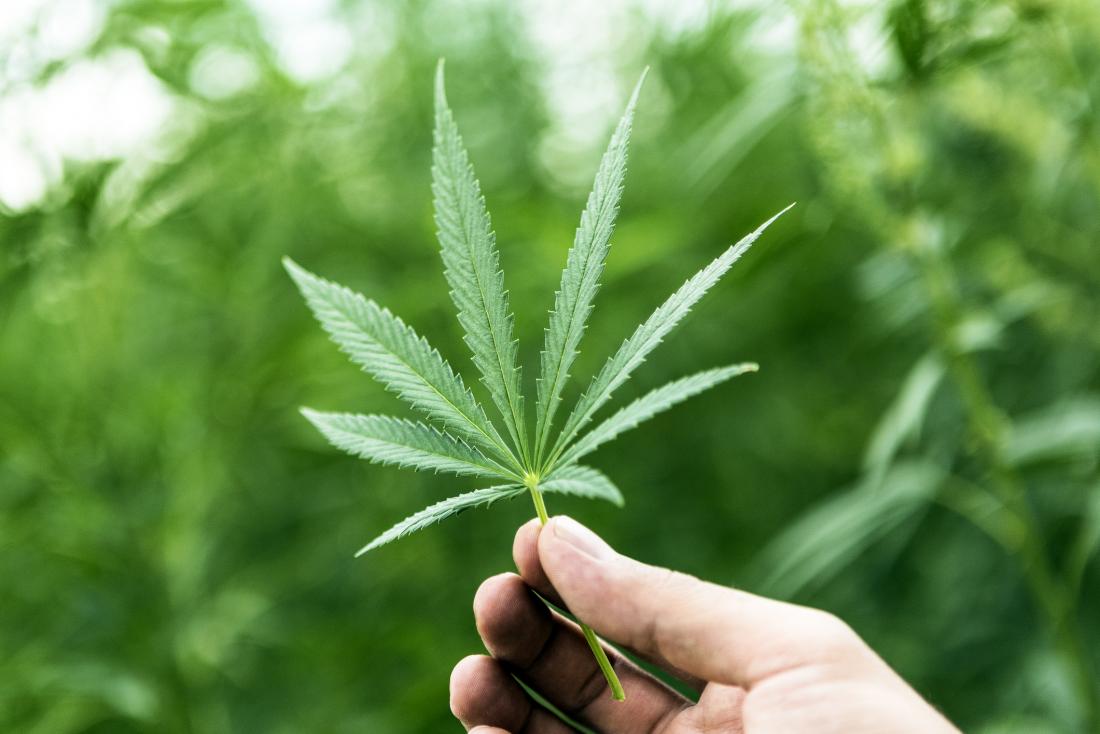
How Does Marijuana Work?
So how does marijuana work? When you consume THC, it binds to cannabinoid receptors in your brain. These receptors are part of the endocannabinoid system, which involves various physiological processes, including appetite, pain sensation, mood, and memory. That’s why THC can cause changes in your mood and behavior; it’s affecting how your brain works!
The endocannabinoid system also plays a role in regulating acne. A 2008 study found that THC inhibits the production of sebum, the oily substance that leads to clogged pores and breakouts. CBD has also been shown to be effective in treating acne; a 2016 study found that it helps reduce inflammation and sebum production.
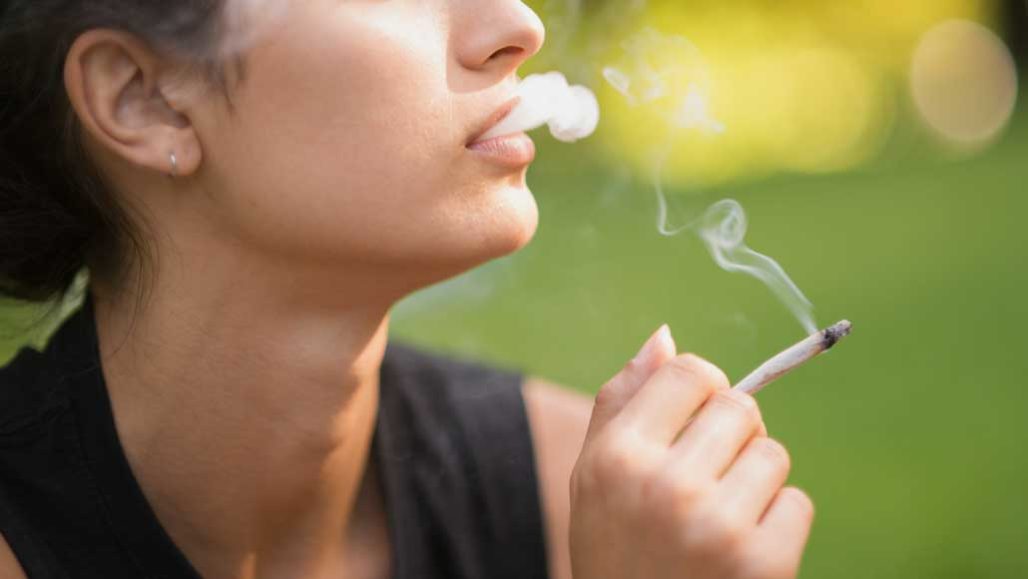
Side Effects of Smoking Weeds
Dry Skin
One of the most common side effects of smoking cannabis is dry skin. This is because the chemicals in weeds can strip away your skin’s natural oils, leaving it vulnerable to irritation and inflammation. If you have acne-prone skin, this can make your breakouts worse.
Dehydration
Smoking weed can also cause dehydration. This is because the chemicals in weeds can interfere with your body’s ability to retain water. As a result, your skin can become dry and flaky. This can again exacerbate your acne problems and skin conditions.
Increased Appetite
Another common side effect of marijuana smoke is increased appetite. Weed enhances eating pleasure. This is because the chemicals in weeds can stimulate your appetite, causing you to eat more than you otherwise would. Cannabis consumers tend to snack on sweet and savory snacks or processed foods. This can lead to weight gain and significantly trigger acne breakouts.
Dry Mouth
The most common side effect of marijuana use is dry mouth, also known as cottonmouth. This occurs because cannabinoids in weed bind to receptors in the saliva glands, which reduces the amount of saliva produced. A dry mouth can lead to dehydration if not properly managed, so drinking plenty of fluids is essential when you smoke marijuana. Drinking water or sucking on hard candy can help alleviate the symptoms of dry mouth.
Dizziness
Another common side effect of smoking weed is dizziness. The decrease in blood pressure from smoking weed causes this. Dizziness can also be caused by the psychoactive effects of THC, which can alter a person’s sense of time and space. If you start to feel dizzy while smoking weed, sit down and take a break from your activity. Drink some water and give yourself time to sober up before continuing.
Fatigue
Fatigue is another common side effect of smoking weed. This is caused by the psychoactive effects of THC, which can interfere with a person’s ability to get a good night’s sleep. If you start to feel tired while smoking weed, it’s best to stop using it and go to bed. You may consider using a lower THC strain or taking a break from tobacco if fatigue is a frequent problem.
Red Eyes
Consuming marijuana can also cause red eyes due to the reduce blood flow to the eyes that occurs when cannabinoids bind to receptors in the eye tissue. Red eyes can be alleviated by using artificial tears or by wearing sunglasses.
Paranoia and Anxiety
In rare cases, smoking weed may cause paranoia or anxiety. These effects are typically short-lived and go away once the smoker has stopped using weed. If you start feeling paranoid or anxious while smoking weed, it’s best to stop using it and remove yourself from the situation causing these feelings. Drink some water and try to relax until the effects wear off.
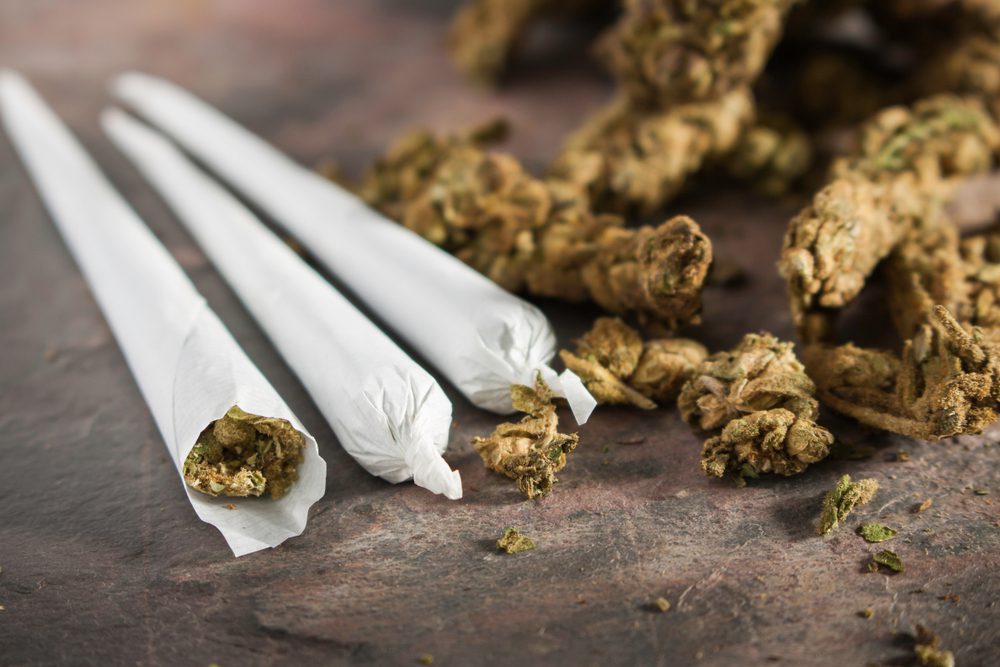
Does Weed Cause Hormonal Imbalance?
There is some evidence to suggest that smoking weed can cause hormonal imbalance. For example, a study published in 2008 found that smoking weed increased testosterone levels in men, which can lead to existing acne flare-ups. Moreover, an increase in testosterone levels and a change in hormone levels in females are linked to acne.
However, it’s important to remember that this study was relatively small, and more scientific evidence and more research is needed to confirm its findings.
Another study published in 2012 found that people who smoke weed have higher levels of the stress hormone cortisol. This is important because cortisol has been linked to acne. So, while the jury is still out on whether or not smoking weed causes hormonal imbalance, there is some evidence to suggest that it might be a factor.
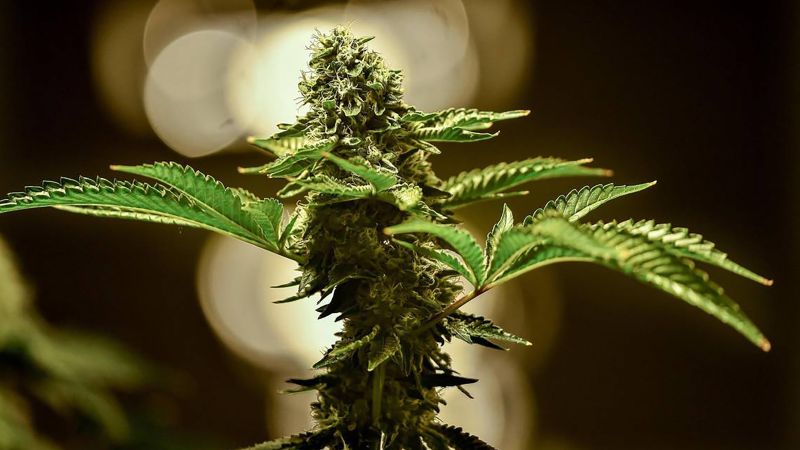
Does Smoking Weed Cause Acne?
Acne is a frustrating skin condition caused by an overproduction of sebum, an oily substance secreted by the sebaceous glands. When too much sebum is produced, it can clog pores and form blackheads, whiteheads, pimples, and contribute to other inflammatory skin diseases. Genetics, hormone levels, diet, and certain medications can all contribute to an overproduction of sebum. So can smoking weed.
Studies have shown that cannabis contains compounds that can increase sebum production. In one study, for example, participants who smoked weed had a 20% increase in sebum production compared to those who didn’t smoke. Another study found that cannabis consumers had 25% more sebum production compared to those who didn’t use cannabis.
So it’s clear that smoking weed can cause an increase in sebum production. But does that mean it necessarily leads to acne? Not necessarily. While an increase in sebum production can undoubtedly contribute to the development of acne, many other factors are also at play.
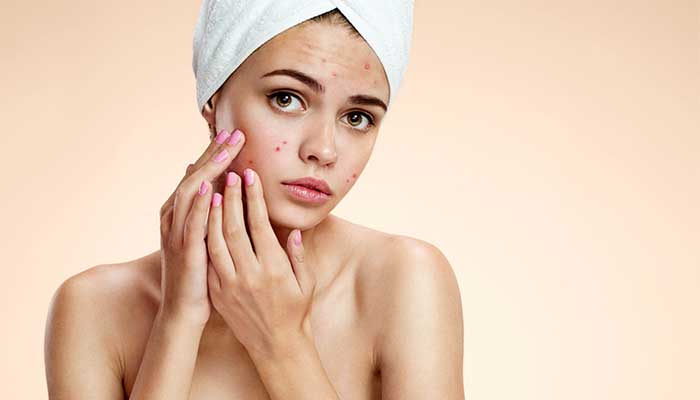
For example, genetics play a big role in whether or not someone will develop acne. If you have a family history of acne, you’re more likely to develop it yourself. Hormonal changes can also trigger breakouts—which is why so many people get acne during puberty or when they’re pregnant.
Another factor is smoking tobacco causes premature aging and damages skin, especially in young adults.
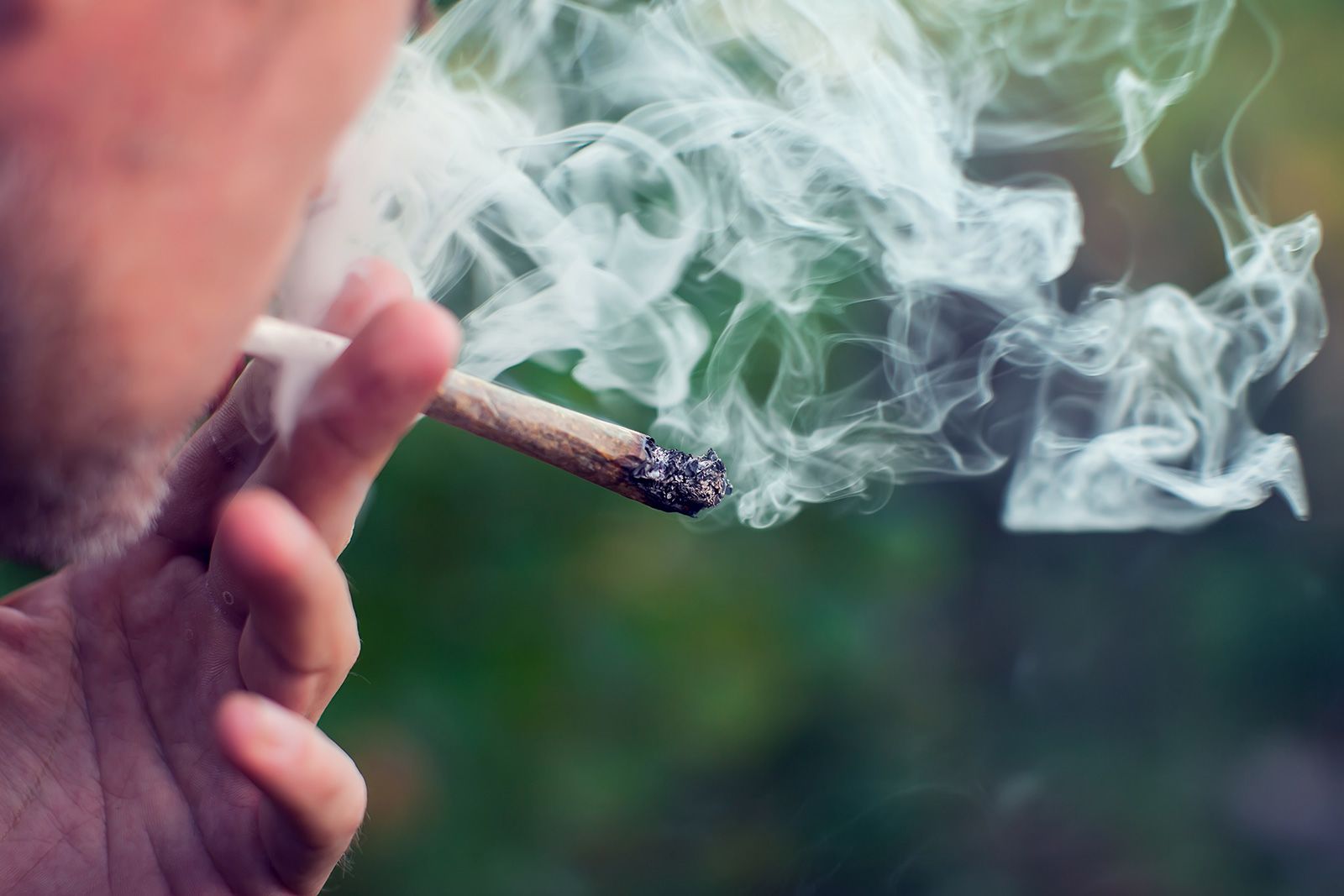
Can Cannabis Reduce Acne?
No, weed cause acne. Acne is caused by a combination of factors, including excess sebum production, inflammation, and the overgrowth of Propionibacterium acnes bacteria. While cannabis has anti-inflammatory and antibacterial properties, it also has the potential to increase sebum production. This means that while cannabis might help reduce inflammation and bacteria levels in the body’s largest organ, it could also worsen acne by increasing sebum production.
In addition, most cannabis-infused skincare products today are topical preparations that only work on the skin’s surface. They can’t penetrate the deep layers of the skin where acne forms. So while they might help soothe redness and irritation, they’re not going to do much in reducing acne.
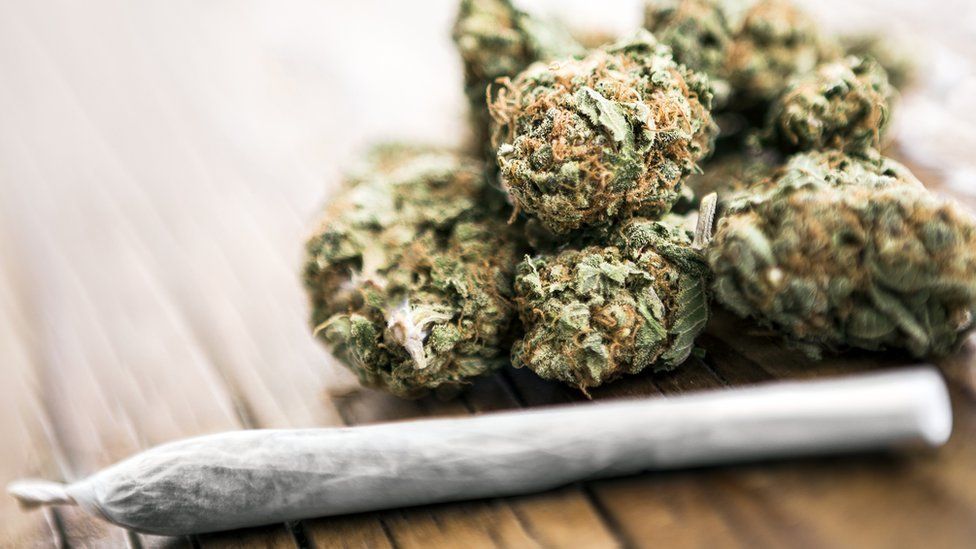
How to Deal and Prevent Acne?
1) Cleanse your skin twice a day and after sweating. Cleanser helps keep the skin clean. Perspiration can worsen acne, especially when wearing a hat or other headgear. So wash your skin as soon as possible after sweating.
Use a gentle cleanser with warm water. Avoid scrubbing your skin hard. This can make acne worse. Instead, gently massage the cleanser into your skin for 20 seconds before rinsing it off. Then, rinse with cool water and pat your skin dry to achieve clear skin.
2) Don’t pick at or squeeze your pimples. This can cause scars or dark spots to form on your skin health.
3) Apply an acne-fighting agent to your entire face rather than just spot-treating areas with pimples. Benzoyl peroxide is an over-the-counter (OTC) acne medicine that kills bacteria, helps stop pimples from forming, and supports healthy skin.
4) Apply a topical retinoid cream or gel to areas of your skin with acne, following the directions on the package.
5) Be patient! It may take several weeks of treatment to see improvement in your complexion.
6) Talk to a dermatologist about prescription medications if your over-the-counter treatments don’t work.
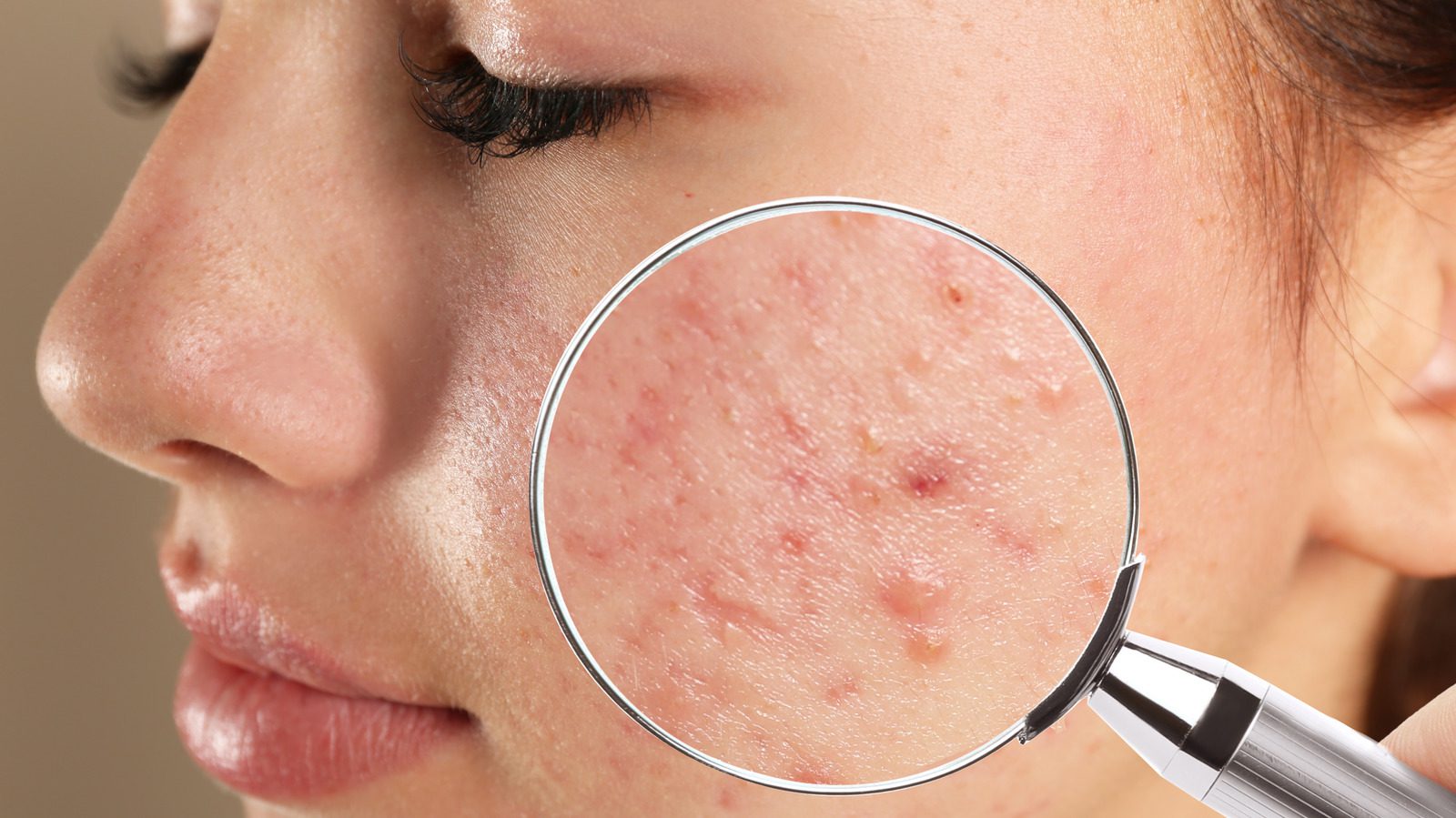
Final Thoughts
So, does smoking marijuana cause acne? Unfortunately, the answer is not a straightforward yes or no. While it’s true that cannabis can increase sebum production and contribute to existing acne worse, many other factors are at play. Scientific research has also shown that cannabis-infused skincare products might help reduce redness and irritation, but they won’t do much in reducing severe acne production.
Ultimately, suppose you’re prone to acne causing bacteria and want to treat acne breakout risk. In that case, it’s best to avoid smoking marijuana and focus on other skincare methods, like regular cleansing and topical treatments. Of course, be sure to consult with a dermatologist if over-the-counter medicines aren’t working. We hope you find this article helpful!
Frequently Asked Questions
Does weed cause hormonal imbalance?
THC is a potent sterilizing agent that can poison your hormones, leading to infertility in both men and women. It also slows down follicle maturation which could lead to changes in the menstrual cycle for those affected.
How do you treat smokers’ acne?
The best way to get rid of acne is by quitting smoking cigarettes and managing your skin correctly. In addition, you should use an oil-free bundle for those who suffer from sensitive or oily complexions, as it can help reduce breakouts caused due this type of cosmetic problem.
What does smoking do to your face?
Cigarette nicotine can harm your skin by narrowing blood vessels and reducing oxygen flow. It also causes damage to elastic structures needed for healthy-looking lips, face, or neck with repetitive lip pursing (especially if you’re older).
Does CBD help acne?
The anti-inflammatory properties of CBD were found to be effective in reducing inflammation, including that caused by acne. This is an important breakthrough as it provides a potential treatment option for those suffering from this condition and will help them manage their symptoms more effectively.




